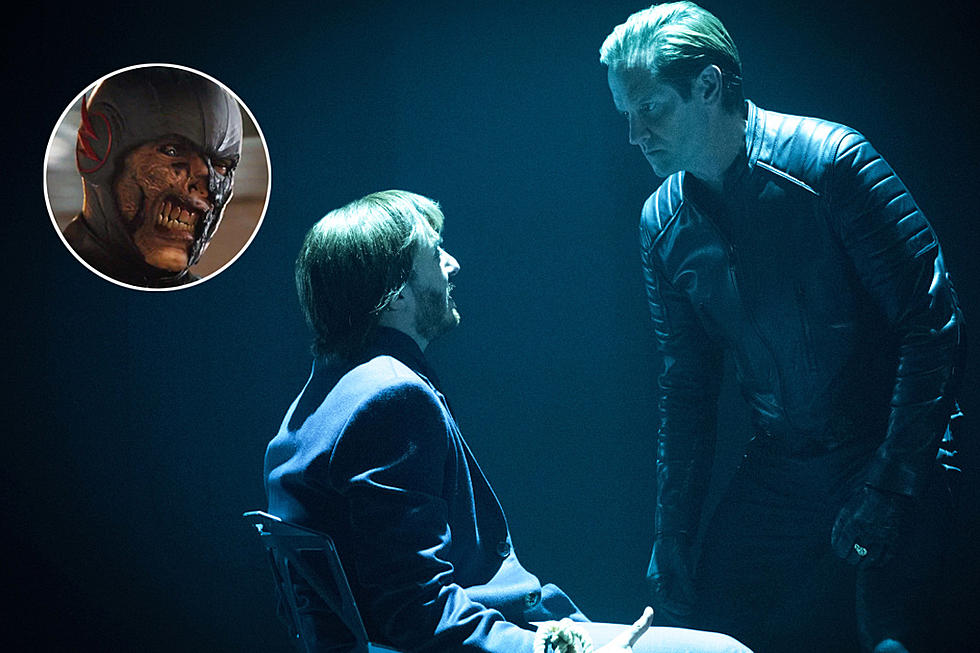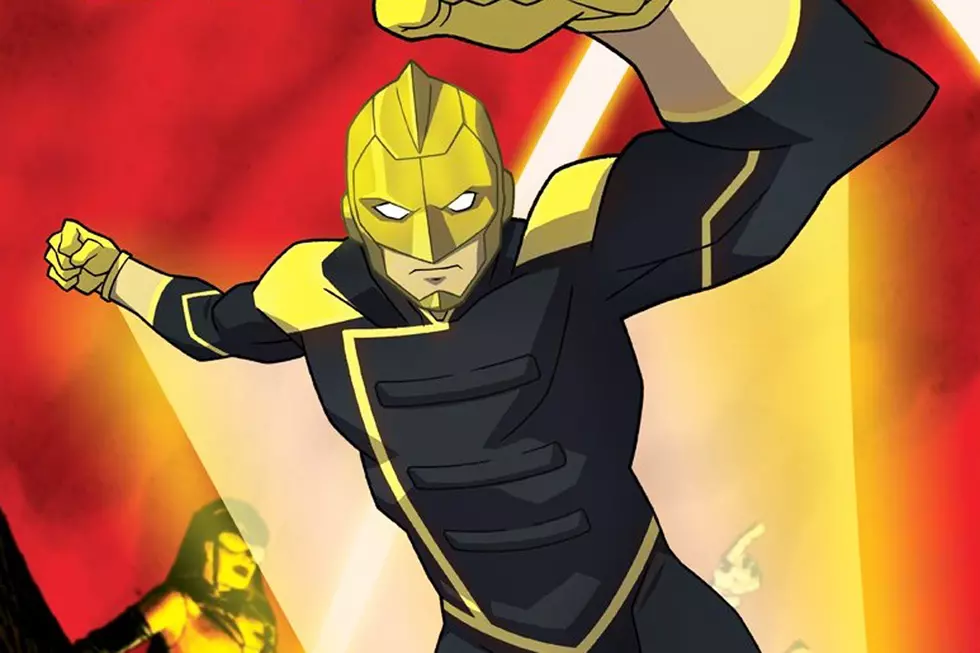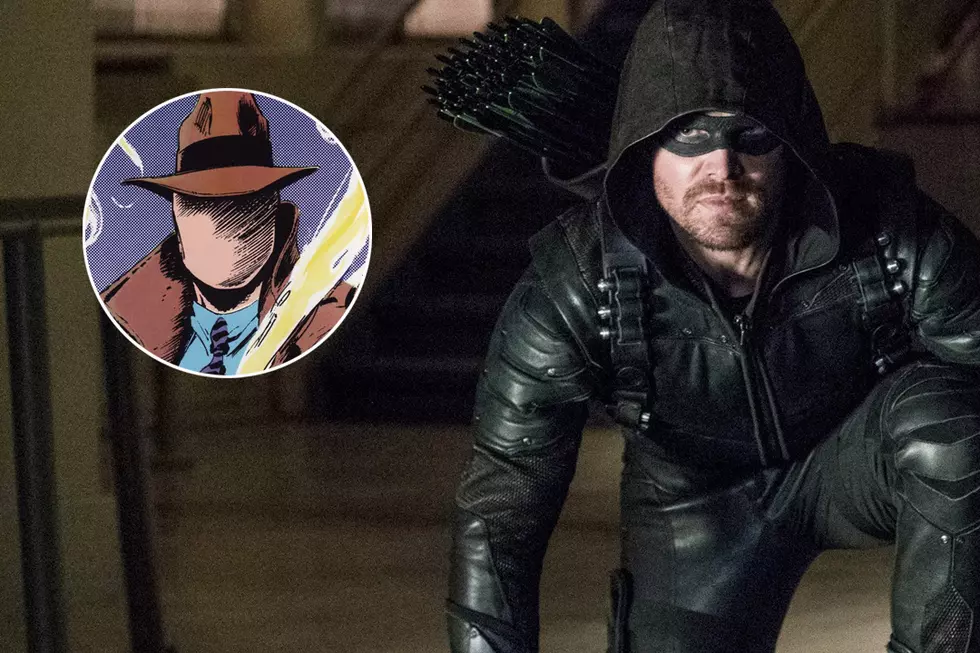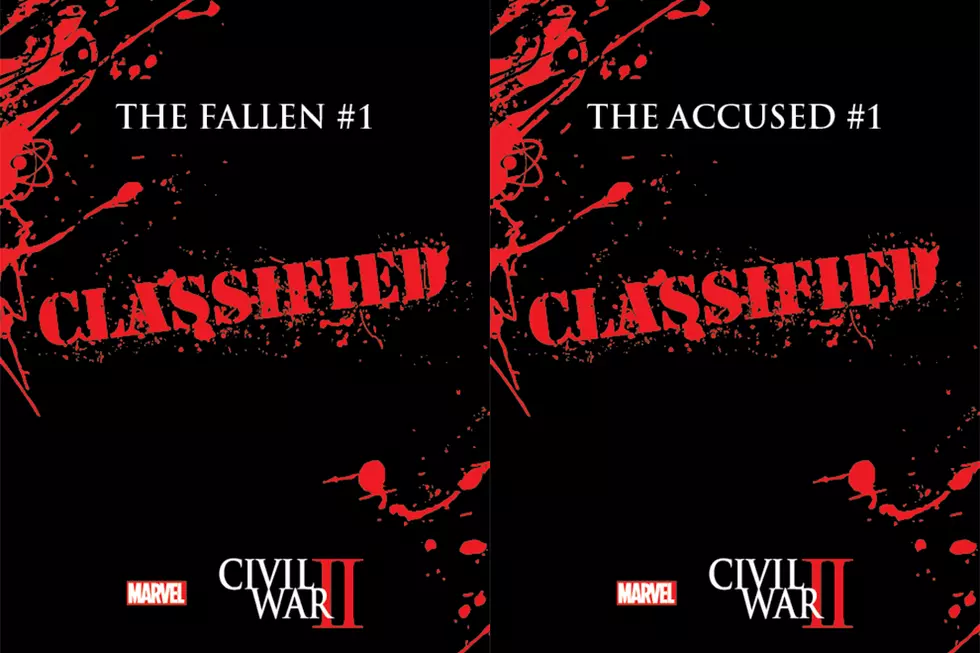
Rec Room: ‘District 9′ and ‘Resurrection’
If you like the movie "District 9," check out Marc Guggenheim's comic book "Resurrection" from Oni Press.

"District 9," the summer's unsuspecting breakout blockbuster from producer Peter Jackson, takes alien-invasion tropes and teases them out in innovative, original ways -- something it shares with the Oni Press comic "Resurrection," from TV and comics writer Marc Guggenheim. While the alien races in the two stories play very different abilities and attitudes towards humanity, the stories' greatest similarity is the humans at the forefront and the often horrifying ways they react to foreign elements.Peter Jackson and Neill Blomkamp's film turns a realistic lens on the prospect of alien refugees on Earth, and while the motives for their migration remain mysterious, the crustaceous "prawns" ultimately settle in Johannesburg and are awkwardly integrated into human society -- or at least into their version of apartheid. The documentary technique of the film brings a tangible sense of reality and nuance to the outlandish circumstances, incorporating familiar sensations of social outrage, hand-wringing bureaucracy, and human opportunism.
The prawns' way of life is a parasitic one; they are shown surviving through grift, crime and general unseemliness. When their human neighbors grow weary of the alien burden, a private military contractor is summoned to remove the alien infestation. Thus begins the adventure of Wikus van de Merwe, our protagonist and chief administrator of the move to the refugee camp of District 9.
Marc Guggenheim's "Resurrection" tells a wholly different tale of extraterrestrial visitors. Here, an active alien invasion has already taken place, and it is humanity that has been pushed aside under the boot of another species. After a decade of foreign dominance, the alien "bugs" have mysteriously departed, and humanity has slowly begun to emerge from hiding, wary and insecure, eager to reclaim their world.
Where the prawns of "District 9," are an irritation, albeit a potentially hazardous one, the bugs of "Resurrection" staged a fully hostile takeover of Earth, and have given humanity every reason to fear them. But "Resurrection" isn't really about the bugs -i it is about the people that have survived, the way they have been warped, and their struggle to rediscover themselves after an era of chaotic endurance.
Simply put, "District 9," is about the the evil that humans are capable of when they occupy positions of power. "Resurrection," is about the evils they are capable of when trying to reclaim that power.
Alien stories, inherently, fall under the umbrella of "science fiction," and as such, use extraordinary circumstances to shed light on our ordinary lives. They create an "other" for people to cast themselves against, and allow us to put aside our natural tribalism in opposition of an even more exotic evil. It is interesting, then, that both "District 9," and "Resurrection," toy with the notion of humans becoming transformed into bastardized creatures somewhere in between domestic and alien.
In "Resurrection," the "burns" are remnants of alien experiments; tortured halflings for whom death is a release from a misery-ridden existence, and a terrible reminder of the pervasive evils of the invaders. In "District 9," it is the eccentrically pleasant Wikus who begins to undergo a horrifying transmutation after an accident, and becomes a tool, then target, for his military-industrial complex employers. By becoming one with the pariahs he had worked against, Wikus acts as a moral bridge between oppressor and oppressed. It is an effective tool that illustrates the pervasiveness of disassociation, and the power of empathy.
Ultimately, the biggest difference between "District 9," and "Resurrection," is that of perspective. Despite the many testimonials, the sympathetic heart and character arc of Blomkamp's film is that of a single man. Oni's comic is one that takes on a broader society, with multiple perspectives and worldwide implications. Both projects are compelling stories about far-away creatures landing on nearby shores, but in the end, both show that no matter how hard we stretch our imaginations, we can find no greater adversary than ourselves.
More From ComicsAlliance
![Marvel’s Merry Mutants Undergo A RessurXion In ‘X-Men Prime’ #1 [Preview]](http://townsquare.media/site/622/files/2017/03/X-Men_0.png?w=980&q=75)








